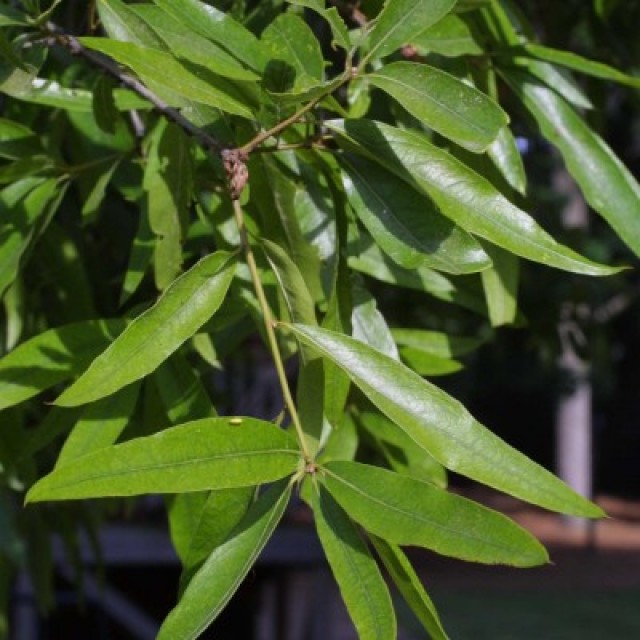COMMON NAME
Willow oak
SCIENTIFIC NAME
Quercus phellos
Plant family
Beech (Fagaceae)
Plant group
Deciduous Trees and Shrubs
Willow oaks are found in much of the eastern United States and as far west as Texas and Oklahoma.They prefer stream sides and wet areas, but can also be found in upland areas. The shape of the leaves, which are long and skinny like willow-leaves, are what give this oak species its name. Willow oaks produce acorns in abundance and are an important food source for wildlife.
467 reports
171+
OBSERVERS
467+
OBSERVATIONS
Identification hints
Willow oaks are found in much of the eastern United States and as far west as Texas and Oklahoma.They prefer stream sides and wet areas, but can also be found in upland areas. The shape of the leaves, which are long and skinny like willow-leaves, are what give this oak species its name. Willow oaks produce acorns in abundance and are an important food source for wildlife.
Did you know?
Willow oaks have separate male and female catkins that consist of small, inconspicuous, yellowish-green flowers. The male and female flowers can often be found on the same tree. This tree is commonly planted for shade and is often found along the edges of ponds and reservoirs.
DISTRIBUTION IN TH U.S.
Alabama
,
Arkansas
,
Connecticut
,
Delaware
,
Florida
,
Georgia
,
Illinois
,
Kentucky
,
Louisiana
,
Maryland
,
Missouri
,
Mississippi
,
North Carolina
,
New Jersey
,
New York
,
Oklahoma
,
Pennsylvania
,
South Carolina
,
Tennessee
,
Texas
,
Virginia
HABITAT
There is no information available about this species.
See Menu
- 2021 Chicago Botanic Garden. All Rights Reserved.
-
Creative Commons
BY-NC-SA 4.0 - Terms of Use
- Privacy Policy
- Data Sharing and Citation Policies
- 2021 Chicago Botanic Garden. All Rights Reserved.



